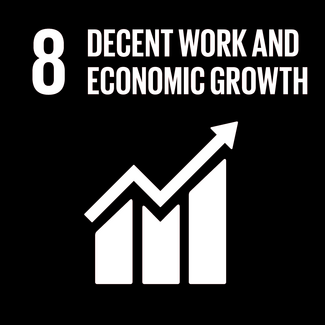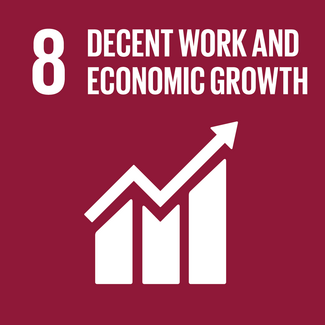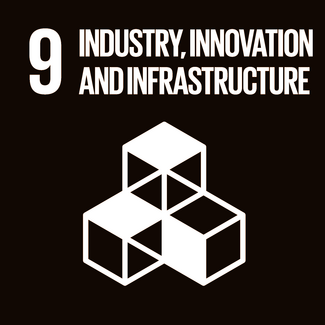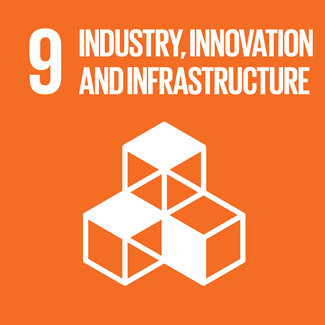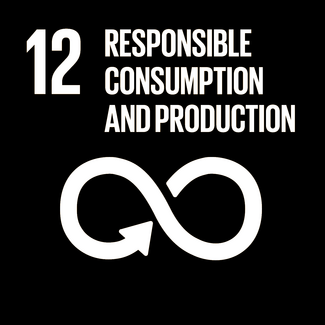The project is based on fieldwork to Nuuk.
The project defines circularity of a raw material anchored in a geographical, political, culture and site-specific context. By fostering a cultural sense of autonomy and agency, the project aims to extend to structural and societal levels.
Glacial dust is geological detritus that is generated by the grinding of moving glaciers on the mountain below, generating dust. As the glaciers melt, they release the glacial dust into the meltwater that transports the dust towards the costs of Greenland. Glacial dust is a by-product of climate change and as the melting of the icecap is speeding up with the earth’s warming climate, more and more dust is liberated from the glaciers. It is estimated that 1 bn tons are released every year, an increasingly growing number as glaciers melt faster and faster.
Fieldwork: Glacial dust and kayak building techniques



